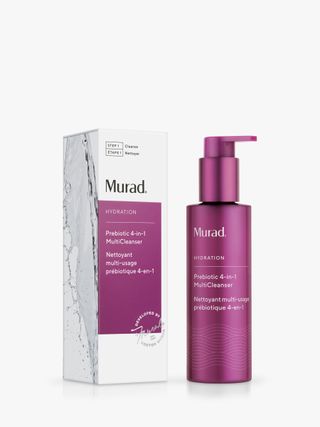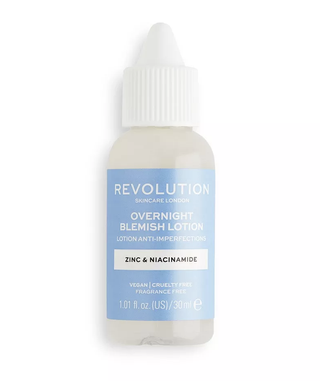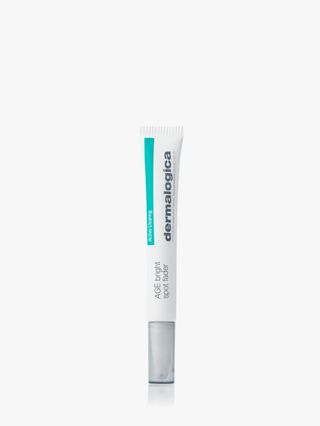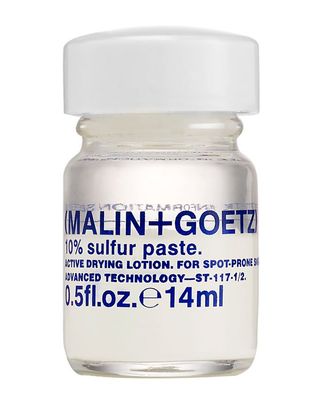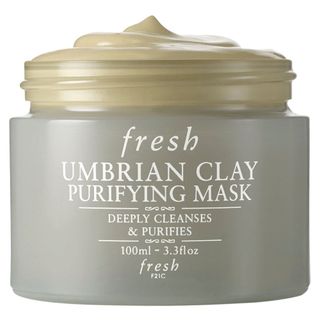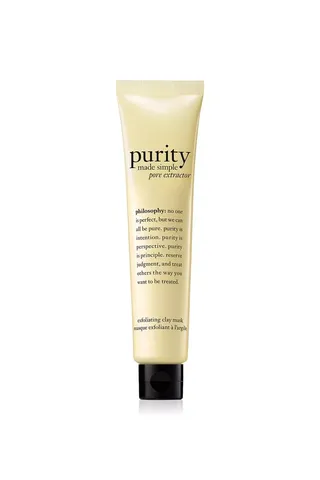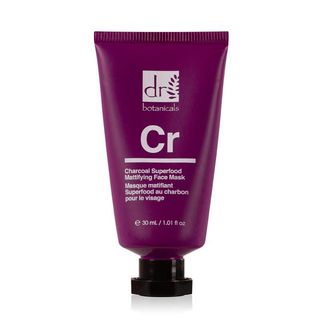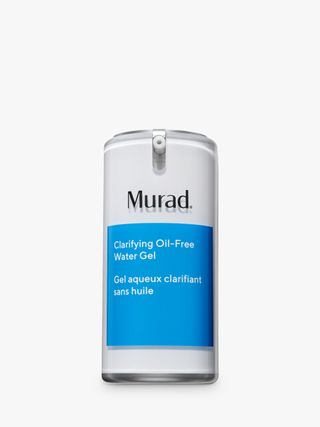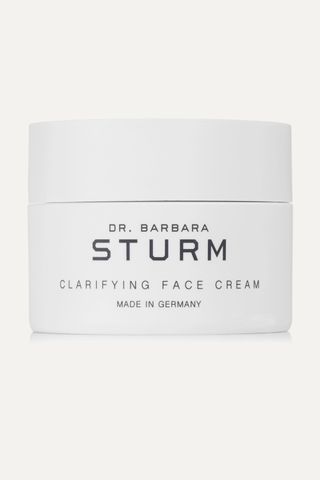This Is How to Actually Get Rid of a Spot, According to Experts
While we all like to think that our skincare routines are tip-top, even those with 10-step routines complete with serums that will set you back hundreds of pounds aren’t immune to a pesky spot from time to time. That’s right. Although getting the odd whopper of a spot can leave you screaming Why me?! from the rooftops, you should also find solace in the fact that literally everyone gets spots.
Some spots might be painful and rock-hard, and others may appear red, inflamed, and juicy. While they can often leave you feeling helpless, providing you know exactly what to do, they shouldn’t stick around for too long. Howard Murad, MD, FAAD, board-certified dermatologist and founder of Murad explains, "There are two overarching types of spots: non-inflammatory and inflammatory. Non-inflammatory spots include both whiteheads and blackheads and are formed through a build up of oil, dead skin cells, and bacteria. Inflammatory spots form acne and large cyst-like pustules. They tend to be red, much deeper, and more painful and are difficult to treat.” So what’s the secret, and how are we supposed to tackle our zits at home? Keeping scrolling to see what experts recommend.
1. Cleanse

It seems obvious, we know, but cleansing is the first and most important part of not only preventing spots but reducing them, too. The key, experts warn, is ensuring you’re not using products that are too harsh. While it can be tempting to go for the most active, spot-busting treatment around, when it comes to cleansing, it’s best to keep things simple. "We know that ingredients like salicylic acid are great anti-inflammatory and antibacterial ingredients, but when dealing with a single spot, remember you don’t want to upset the delicate balance of the rest of the skin, so look for a cleanser that won’t leave the skin dry,” says Murad.
When shopping for a cleanser, look for gel formulas that aim to keep the skin’s balance in check as much as possible. Skin expert and facialist Lisa Harris advises, "I recommend a gentle gel enzyme cleanser for all problematic skin. Not only do they gently cleanse by dissolving dead skin cells and debris, but the enzymes actually help to speed up the healing process of any active breakouts, too.”
Shop Cleansers

2. Squeeze

While most beauty editors will tell you to never squeeze a spot, the truth is sometimes you’ve just got to. The key, skin experts warn, is in knowing which spots to tackle and which ones to leave alone. "You should never squeeze a nodule or papule spot, as they leave scars and can be very painful. Only ever squeeze a spot if it has white pus and is loose enough to ooze out,” says Harris.
So how is it done? Murad explains that it is a fine art. "Use heat, steam, and very gentle pressure from your fingertips or the tips of two cotton buds (never your nails). Push from all sides to extract. Once you have popped the pimple, it’s important to disinfect the area with a solution like salicylic acid to avoid the spread of bacteria.”
Shop Spot Treatments
3. Mask

Right now, masking might seem like a bit of an at-home novelty, but finding the right formula for you can dramatically improve the appearance of your skin. When it comes to spots, using a deep-cleansing mask can really help draw out impurities and give pores a deep cleanse. While some purifying masks can be drying, it’s important to remember that when using a mask, you don’t have to apply it over the whole face. "Use a weekly deep-cleansing mask on areas that are blemish prone. Look for ingredients such as kaolin clay and sulphur. They help to keep pores clear and reduce breakouts,” says Murad.
Shop Clay Masks
4. Moisturise

It might seem counter-intuitive to apply moisturiser when you have a breakout, but keeping your skin happy is really important if you want your spots to heal. Having said that, it’s important to find moisturisers with ingredients that won’t exacerbate the problem. Harris recommends keeping things simple with a hyaluronic acid serum. "It will help to balance out the skin and hydrate to prevent the skin from overproducing oil and sebum,” she says.
If you want to hydrate and tackle your spot at the same time, Murad recommends incorporating salicylic acid into your moisturising routine. "Look for ingredients that work to reduce redness, like salicylic acid. It’s anti-inflammatory and lipid oil soluble and can penetrate pores quickly to reduce swelling and bacteria. It also exfoliates at the surface to speed up healing.”
Shop Moisturisers
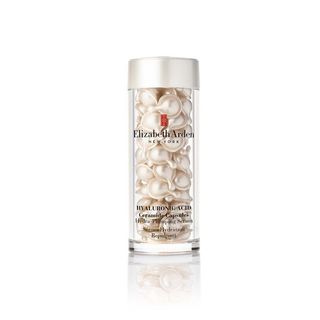
Shannon Lawlor is a renowned beauty journalist and has contributed to Who What Wear’s beauty content since 2020. As a leading beauty editor, expert and brand consultant, she has over eight years of experience working for some of the industry’s most esteemed titles, including Who What Wear (of course), Glamour UK, Stylist, Refinery29 and Fabulous.
Having also worked behind the scenes with some of the industry’s biggest brands and retailers, Shannon has a unique insight into what people really want from their beauty routines. Understanding that beauty lovers seek honest, open and responsible advice, she has it made her mission to demystify the intimidating world of beauty, taking a no-frills approach to the most relatable topics.
While Shannon is the first to admit she doesn’t hold the answer to every beauty question out there, she is dedicated to sharing her expert insights in a bid to help. As a self-proclaimed lazy girl, Shannon has an affinity for easy-to-use, foolproof beauty products and has made it her mission to scope out the best of the best.
When she’s not working, Shannon is likely soaking in the bath or giving no-holds-barred beauty reviews on Instagram from her bathroom floor.


